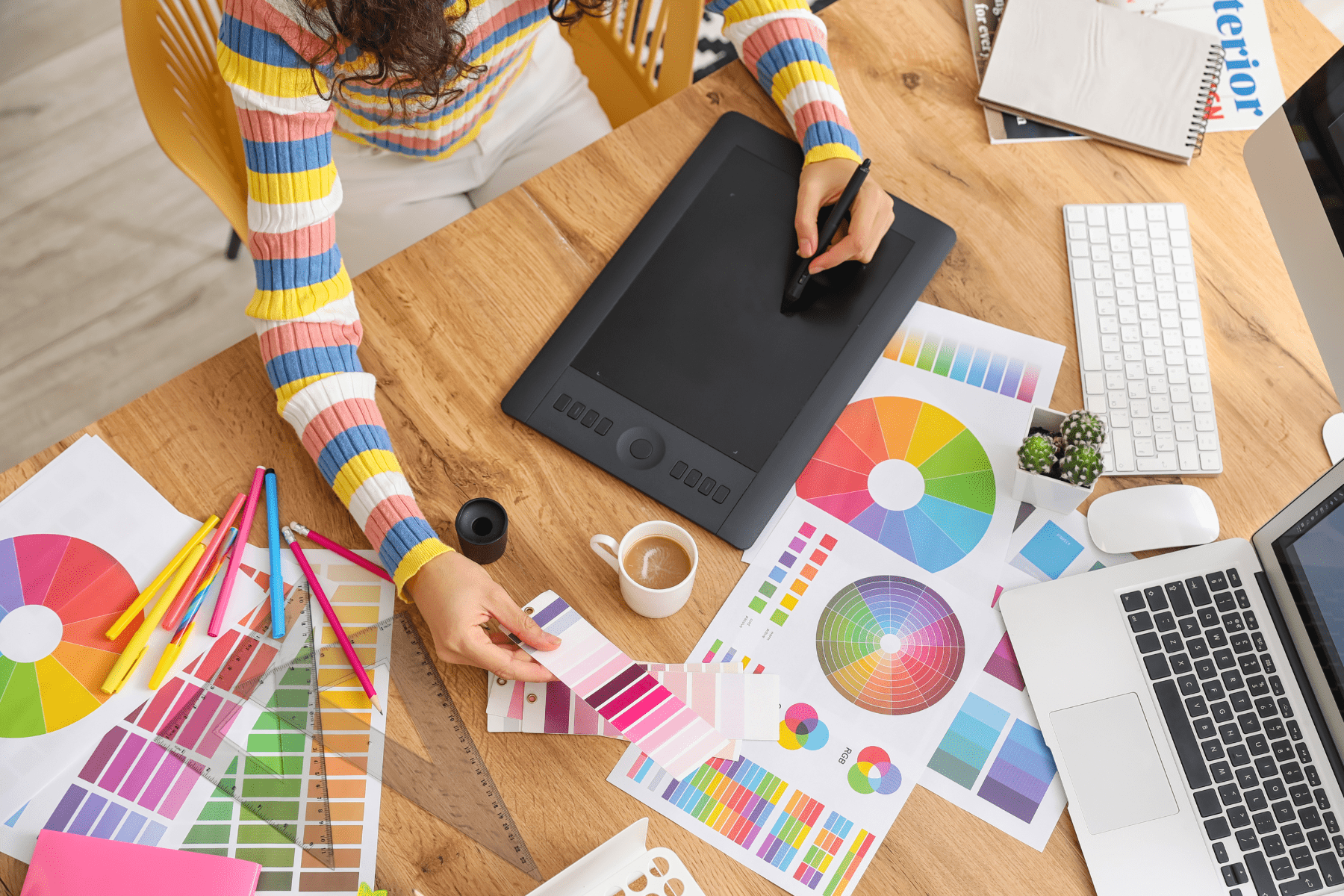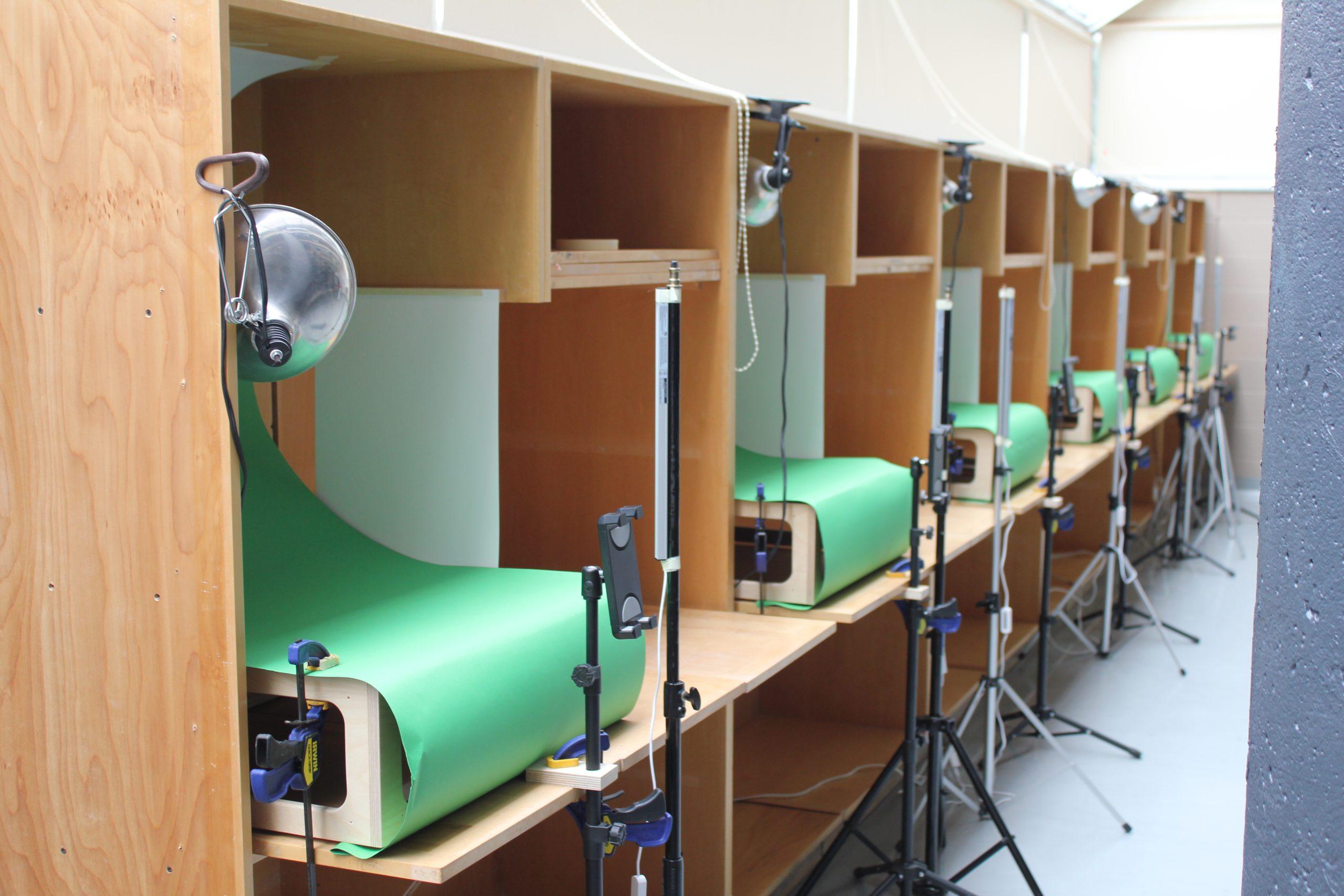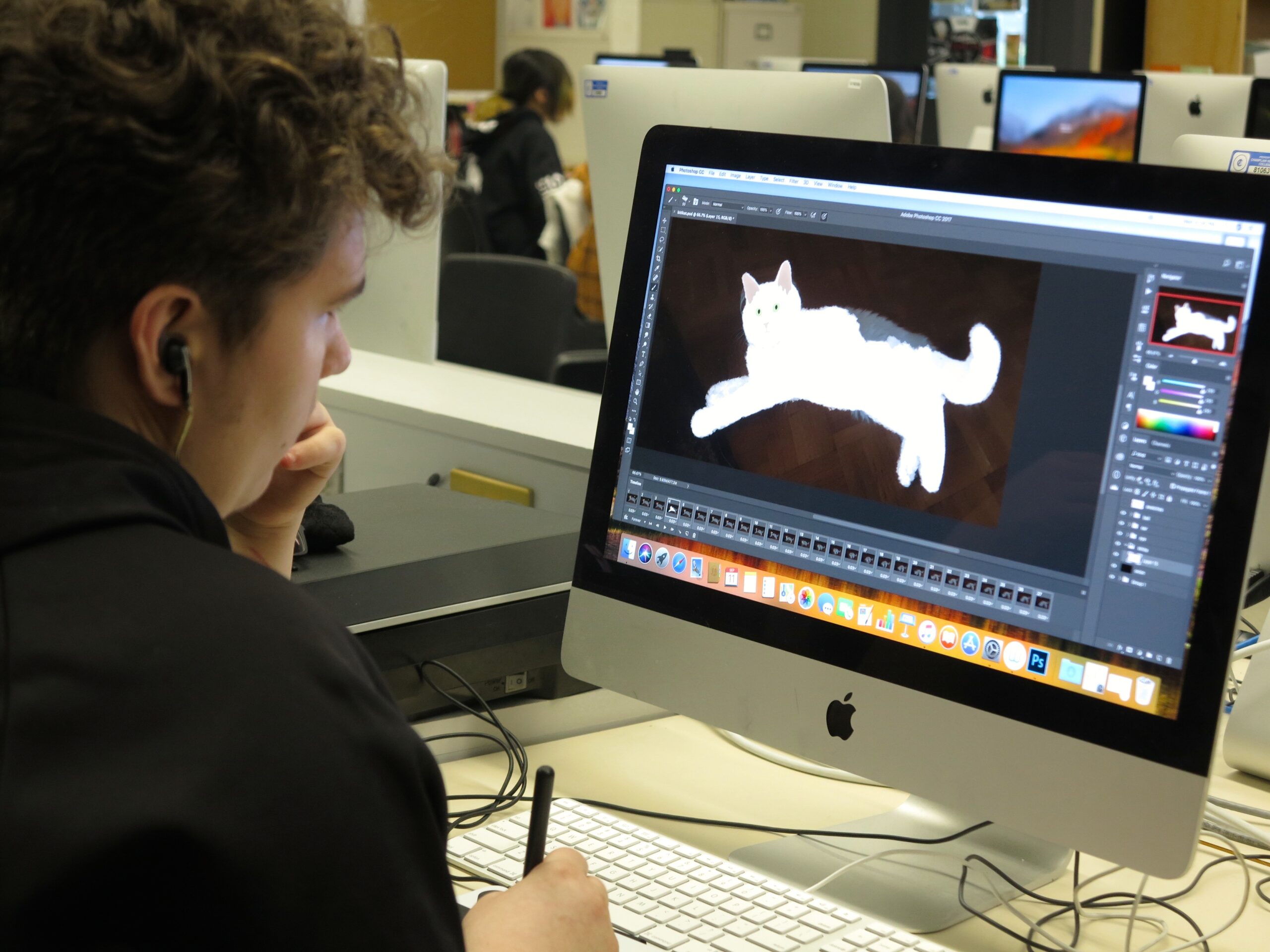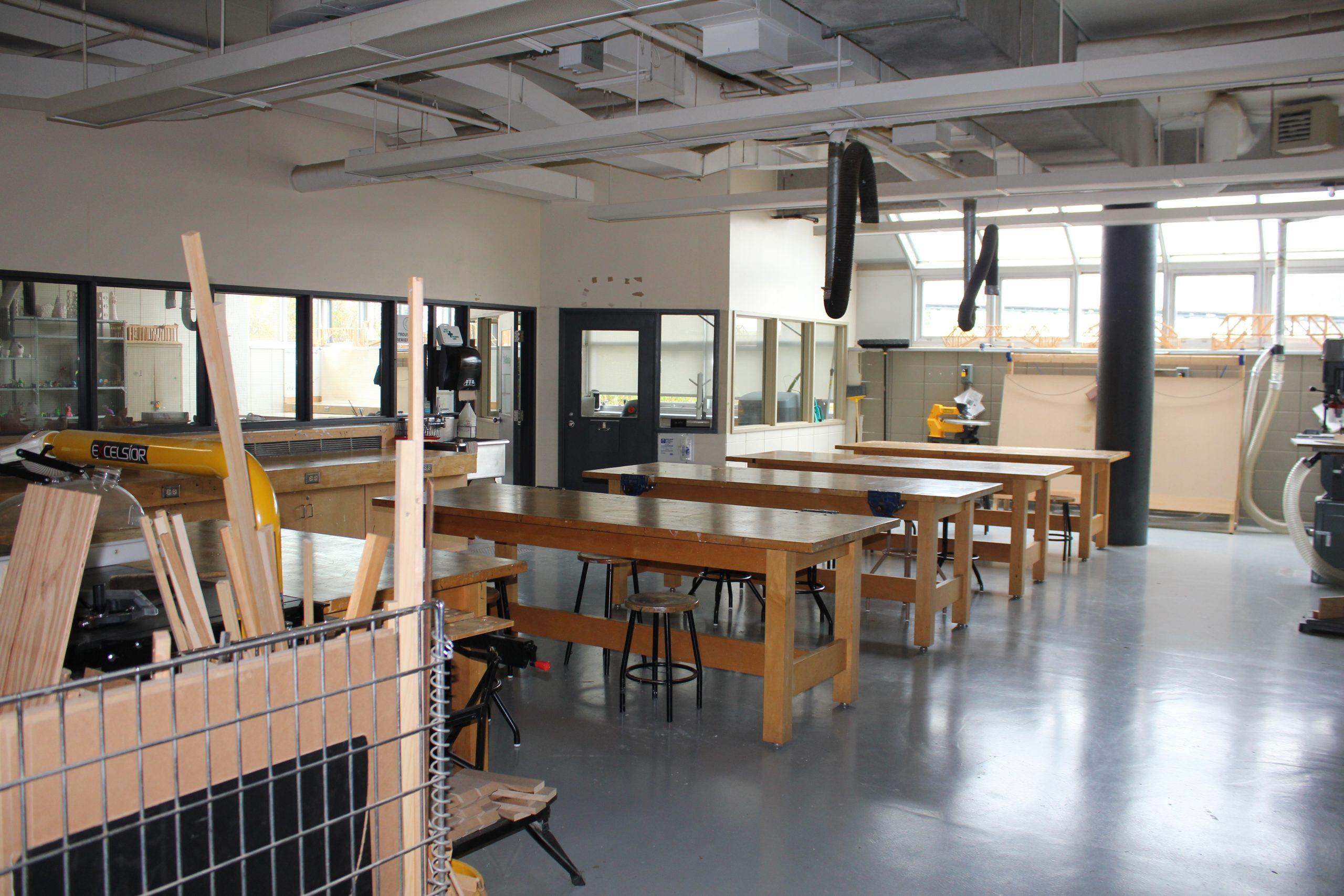About the Program
Digital Arts & New Media is one of two interconnecting Media profiles in the Arts, Literature and Communication program. This exciting pre-university program prepares students for a wide variety of university studies and careers.
Through the program’s dynamic mix of theory and practice students learn a variety of techniques in studio arts & digital arts and develop their understanding of visual culture.








